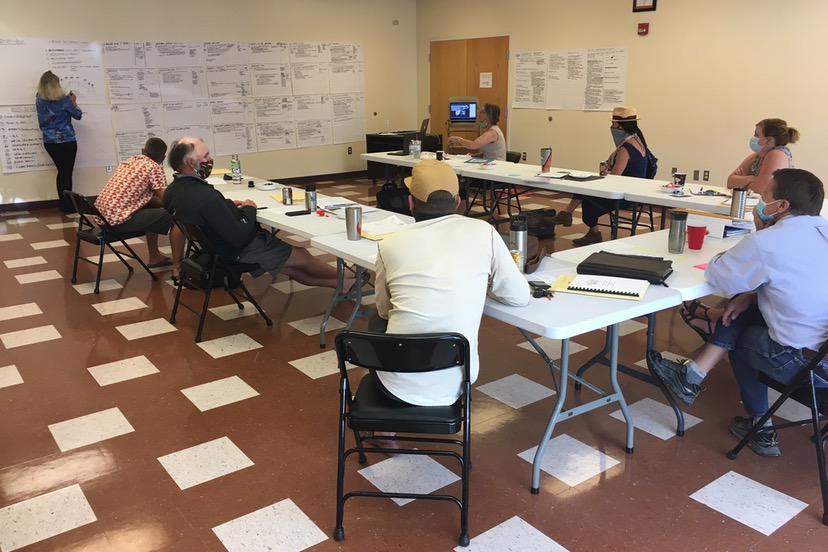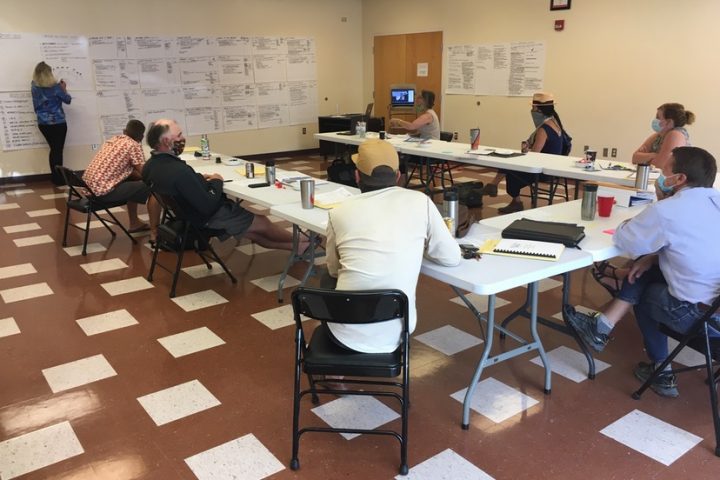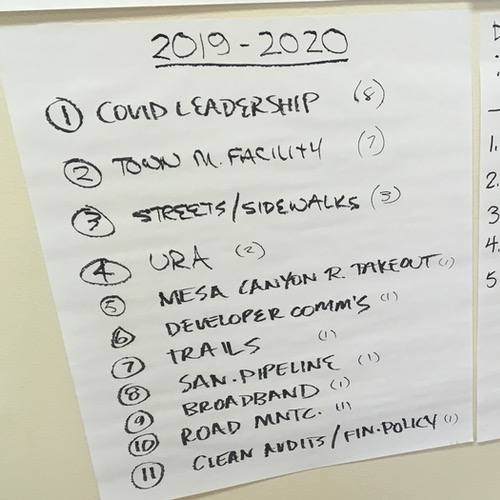August 2020
On August 23, 2020, the Trump/Pence re-election campaign posted their agenda for President Trump’s second term in office.
Building on the incredible achievements of President Donald J. Trump’s first term in office, the President’s re-election campaign today released a set of core priorities for a second term under the banner of “Fighting for You!”… President Trump will further illuminate these plans during his acceptance speech Thursday at the Republican National Convention. Over the coming weeks, the President will be sharing additional details about his plans through policy-focused speeches on the campaign trail.
President Trump: Fighting for You!
As a strange and unsettling scene unfolded yesterday in Washington DC with hundreds of Trump supporters occupying the US Capitol with the presumed intent of preventing Congress’ perfunctory electoral college tally that, as of late last night, certified Joseph Biden as the next US president… I thought back on how much more peaceful and dignified things had seemed a year ago, in spite of Donald Trump’s promise to “fight”.
How does America currently look to the rest of the world, as we prepare for our new president to assume office… while hundreds of Trump followers storm the Capitol Building? Perhaps this video from the BBC can help paint that picture for us…
This is certainly not a scene I expected to be watching in 2021, when I was composing Daily Post editorials back in August, 2020.
My main concerns, back in August, had little to do with national politics. I was more concerned with how our local Town Council perceived their role in our community’s future. It had been about seven months since Colorado Governor Jared Polis first ordered the state’s ski resorts to shut down, triggering the first round of COVID job losses… the first of many. In December 2019, an economic analysis predicted that Colorado would add about 40,000 new non-farm jobs during 2020, the slowest pace since 2011. That prediction did not account for a global pandemic, of course. A new mid-year analysis suggested a loss of nearly 5% of Colorado non-farm jobs during 2020 — about 130,000 jobs. Leisure and hospitality workers in Colorado continued to suffer the highest level of pandemic job losses, with employment in that sector predicted to end the year down 22% — about 77,000 jobs — which would amount to about three out of every five jobs the state was expected to lose during 2020.
As Daily Post editor, I spent a couple of weeks in August thinking about, and writing about, the annual Town Council retreat where seven Council members discussed their spending and policy priorities for the coming year. Those ‘priorities’ would eventually be reflected in the Town’s 2021 budget. The municipal budget had been growing by leaps and bounds since 2014. The Town government had reported $8.3 million in actual revenues in 2014, while the eventual Town budget for 2021, approved a few months later, would propose $12.3 million in spending.
It’s pretty easy to despise people, from a distance. Across the distance between Pagosa Springs and — say — Washington DC, we can easily characterize a person, or group of people, as dangerous monsters.
For that reason, democracy seems to work best when power is exercised locally — and when political power is shared, rather than centralized in only a few hands. No system is perfect; we will always struggle with ignorance, stupidity, greed and arrogance, whether here in Pagosa or in the nation’s capital. But we have a better chance of appreciating the other guy’s humanity if we sit together in the same room… even, at the same table.
At their annual retreat last summer, the Pagosa Springs Town Council and staff spent about seven hours sitting in the same room, talking about the future … a very specific and limited part of the future… namely, how the Town staff will spend their time over the next 12 months, and how the Town staff will spend maybe $12 million over that same period. I didn’t attempt to analyze all seven hours of discussion in my editorial series, but a few of the Council exchanges stuck me as worthy of discussion.
I’ve written occasionally here in the Daily Post about the ongoing housing crisis in Archuleta County, and how the Land Use and Development Code (LUDC) relates to that crisis. In fact, it sometimes feels like most of my editorials have related in some way to that particular issue. But some of our community leaders have consigned that issue to the closet. When the Council and staff listed the eleven key issues they felt they had successfully addressed during the 2019-2020 tax spending season, affordable housing didn’t even make the list.
A brand new, multi-million-dollar Town maintenance facility? Yes, that was high on the list.
A “clean audit”? Yes, that made the list.
A place for tourists to get out of the river, after a pleasant trip down the San Juan? We checked that one off.
But safe, warm, affordable homes for the people who keep our economy running? Nope. Wasn’t a priority in 2019-2020.
In early August, the Daily Post had published a real estate report by one of the community’s more successful realtors, Lee Riley. Here’s an excerpt from that article:
Now for the latest real estate news. This is the busiest I have seen the market since 2005. Pending sales are through the roof. There are currently 219 properties under contract, compared to 128 last year at this time. Multiple offers are much more common than I’ve seen in the past.
Inventory is way down, which keeps prices very strong due to supply and demand. This is great for sellers, but not so good for buyers.
The big jump in activity is due to a combination of several factors. Interest rates remain at unheard of lows. A 30-year fixed-rate mortgage is currently 3.0% and a 15-year is at 2.5%. We’re seeing an exodus of people from the big city headed for small town charm, a safer place to live, less crime, and less stress. This is creating a perfect storm for a real estate boom.
We already had a serious housing crisis in 2019, and it appeared that the problem was only getting worse during — and perhaps, partly as a result of — the 2020 COVID pandemic.
A perfect storm?
We can’t place all the blame for our housing crisis on the Town (and County) land use codes. But clearly, we have a serious problem in our town.
Maybe the LUDC ought to be updated, to specifically address the ongoing crisis?
Maybe?



